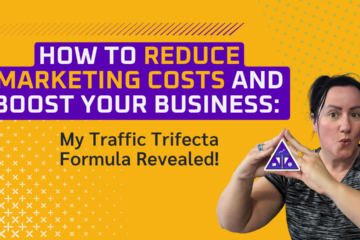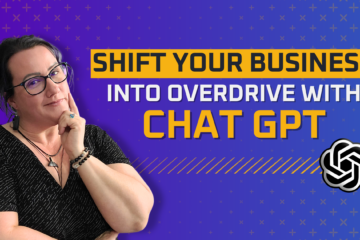Customer Journey Marketing Using the Right Language
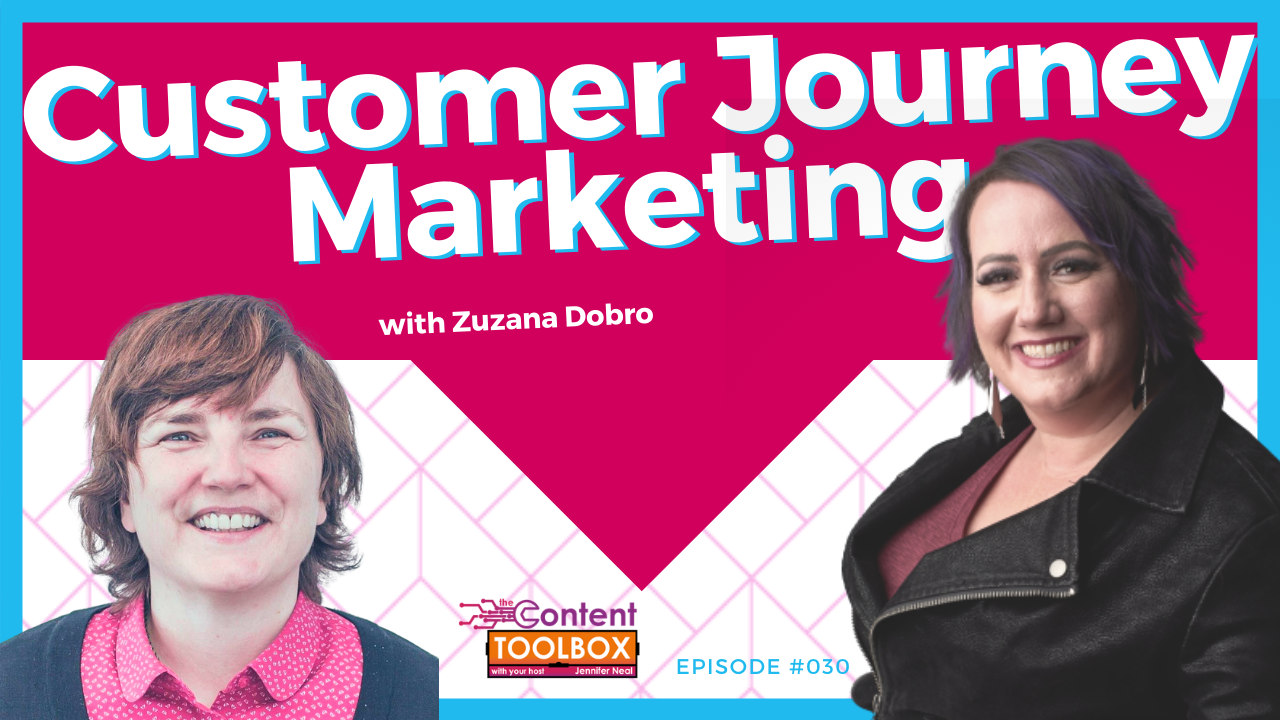
Using strategic wording to help promote your products effectively is just one step. Find out the key stages of customer journey marketing.
Quick Links:
- TIP: How to use the right language in customer journey marketing [Infographic Download]
- Episode Overview – Customer Journey Marketing – An Example of Crafting B2B Messaging with the Right Language
- Personal Note from Jenn Neal on customer journey marketing
- Featured Guest Expert: Zuzana Dobro
- Episode audio [Podcast on Spotify]
- Blog Post -Customer Journey Marketing using the Right Language
- Related Posts
TIP: How to use the right language in customer journey marketing
Time needed: 7 minutes
TIP: Create a customer journey marketing plan by becoming someone else’s target customer by Zuzana Dobro
- Become a customer
Document the map of your own journey as a customer and map out the messaging path you are going through
- Capture feelings
Pay attention to your own feelings and document what works and what doesn’t
- Watch for patterns
Watch out for processes or patterns that repeat and places that really moved you forward or where you feel stuck
- Personalize it
Now that you know a journey that works for you, personalize it with your own language and make it yours to create for your target audience
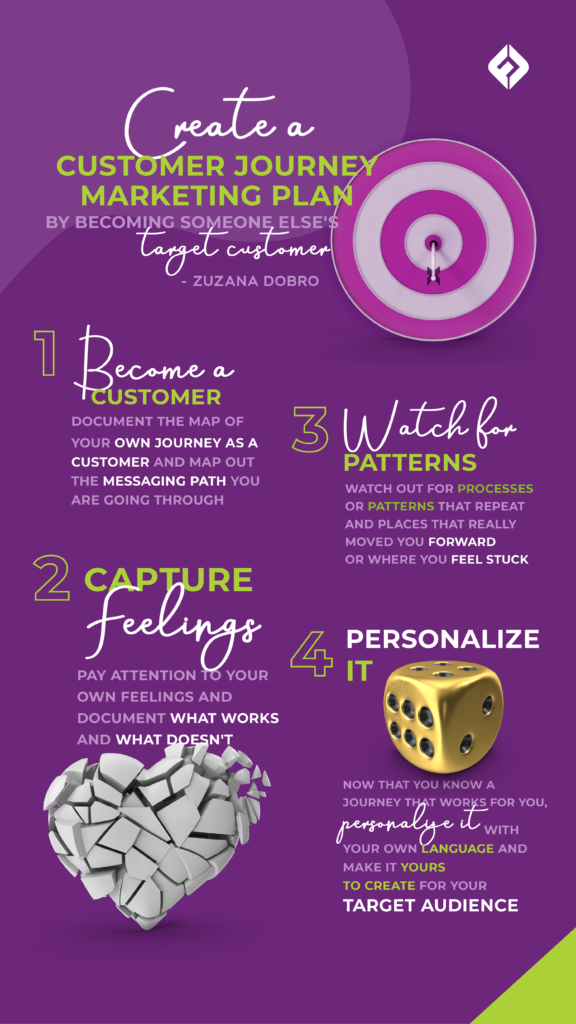
What’s In This Episode
Crafting the perfect marketing messaging can be a difficult thing to approach. We discuss b2b marketing strategies and share an amazing example using customer journey mapping techniques.
We dive into really documenting the customer experience and then understanding language structures and hidden linguistic meanings in an exciting new method to craft an effective marketing message based on the customer journey and experience you want them to have.
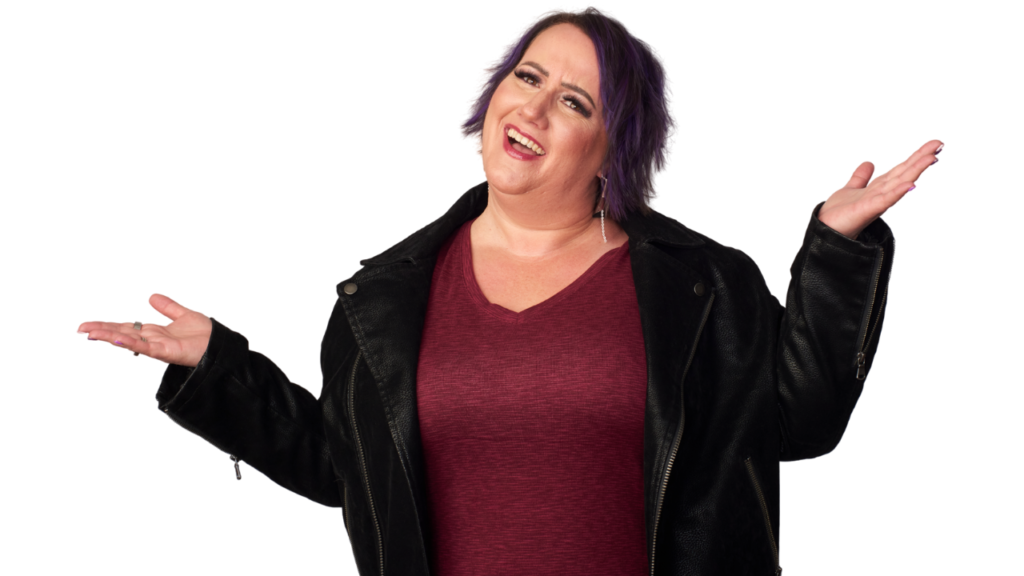
Jenn Neal on customer journey marketing
It is so frustrating to give it all you have just to get beat. Again and again.
-Jenn Neal
I was good, but he was better.
It was so frustrating to give it all I had just to get beat. Again and again.
Growing up, I played a lot of tennis.
It was a thing I picked up and kind of figured out – and did pretty well. At least, playing against my family. 😉
Eventually I joined the tennis team and held my own fairly well. Not the bottom, but not the best.
There was one guy who ALWAYS dominated every game. I was so intimidated by him. I knew I was good, but he was better.
Try as I might, I couldn’t figure out how he just managed to hit the ball and it barely skimmed over the net and would land in the outside corner – just outside the reach of his opponent for the win.
Eventually I realized I needed a guide.
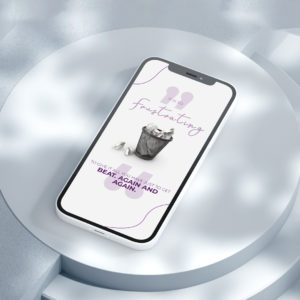
I had to follow someone and learn from them in order to get better myself.
And who was this superstar’s coach? His dad. BUT – his dad also became my coach.
I took lessons and learned the techniques and soon found myself side by side with my previous nemesis playing doubles – and we were pretty darn amazing.
So what is the point here?
In order to up your own game, you have to have someone to learn from and then become a product of the product.
This method of finding and following – then internalizing and making your own is one that my guest for this episode shares from her own experience.
Zuzana Dobro has a very diverse background, and she shares how she has learned over the years and documented her own process to create something that she lives and sells every day.
Check it out – I bet you’ve never thought of doing some of these tactics. 😊 Follow away!
- Jenn “the tennis star” Neal

Meet Zuzana Dobro
Zuzana Dobro is the Leader in Design Thinking Workshops like Design Sprint 2.0, which is a speed-based design method that validates your product idea fast, further informing your go to market, marketing, and category design strategy.
As an Innovation Facilitator and Customer Experience Consultant, she is delivering Workshops, and Ideation Session, helping companies and individuals to Creatively Problem-Solve and Consistently Innovate in this fast-paced disruption world.
Customer Journey Marketing Using the Right Language
Customer journey marketing refers to the path followed by a customer before they decide to purchase a product. Generally, customers tend to evaluate a brand or product several times before deciding to buy it, which is known as touchpoints in marketing lingo.
Your customer’s journey involves tracking customer experience using touchpoints. Different kinds of marketing messages work at different stages of their journey. Here are some useful tips to market your product or service based on the main stages of the customer journey:
1. Awareness
At this stage, you should aim to target as many potential customers as possible. It is vital to concentrate on the imagery in order to make people pause and find out more about your products or services.
The potential customer is aware of their problems or needs at this point, and is actively looking for a quick solution. Here is when you should start building a rapport with prospective customers.
As customers are seeking information at this stage, it is vital to provide it in simple language. You can use blogs, how-to videos, FAQs and social media to communicate with customers at this point.
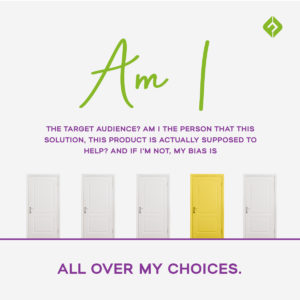
2. Consideration
When people learn about your business and understand the kind of products and services you deal with, they want to dive into the details.
Before finalizing the decision to purchase, people are interested in knowing the specific benefits offered by your products. Here is your chance to highlight the distinguishing features of your products.
At this stage in the customer journey, customers are likely to compare different brands. Make sure you market your products the right way to help you stand out from your competitors.
It is a good idea to use case studies, reviews, testimonials, demos and product comparisons to convince customers to buy your products.
3. Decision
This is a crucial stage in customer journey marketing where potential customers have all their options lined up and are ready to make the final decision. At this point, they are well-informed of which products are most aligned with their needs and which brands would serve them best.
Reviews are a vital tool for securing customers. People today increasingly rely on peer-to-peer reviews to help them with their purchase decisions. Make sure you include reviews on your website and social media pages in order to showcase your brand as a reliable one in the market.
Publishing reviews is necessary for answering the all-important customer question: “Why should I choose you?”
Providing customers with social proof of your product’s performance has a substantial influence on their decision. Other tools you can use include consultations, coupons, or free trials.
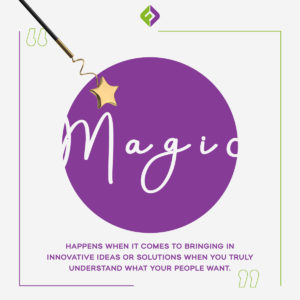
4. Conversion
This is when the customer finally decides to purchase your product or service. Make sure you focus on messages that get rid of the final hurdle before buying.
There is a need to ensure a smooth digital path towards purchasing. Concentrate on the layout of your website, especially the checkout page and payment options. Ensure that the final stages regarding purchase is made as easy as possible by minimizing the number of clicks and amount of information required from the customers.
Digital shoppers often prefer buying from marketplaces rather than direct stores. Try including options to enable customers to purchase products through whichever platform they are comfortable with.
5. Retention
Once you have successfully sold your product or service, try retaining your customer by having them purchase from you once again. According to research, it is around 5 times easier to retain an existing customer rather than secure a new one.
Attracting new customers involves building trust and focusing your marketing efforts to convince them that your product is worth their money. When a customer has made a purchase, they are already aware of your brand and product.
Focus on positive customer feedback and work towards maintaining customer trust. You can use surveys, testimonial requests, and follow up phone calls to build brand loyalty.

6. Advocacy
This is one of the hardest in customer journey marketing. Here, you should aim to convert your customer into an active advocate for your brand.
Having a customer refer your product or service to friends and family is one of the most effective forms of marketing. You can achieve this by nurturing customers throughout the customer journey marketing with value, attention, and respect.
It is human nature to share positive experiences with other people. You can tap into it by letting them know how much their word means to you.
Final Words
It is important to keep your language simple during the customer journey. Using technical jargon or long blocks of text will only turn customers away. No matter how desperate you are to sell, make sure that your marketing campaign does not come across as pushy or manipulative. Promote your products in an authentic way. In turn, your product actually delivers what you promise.
Related Posts
How To Make Educational Content For Social Media | Content Calendar
